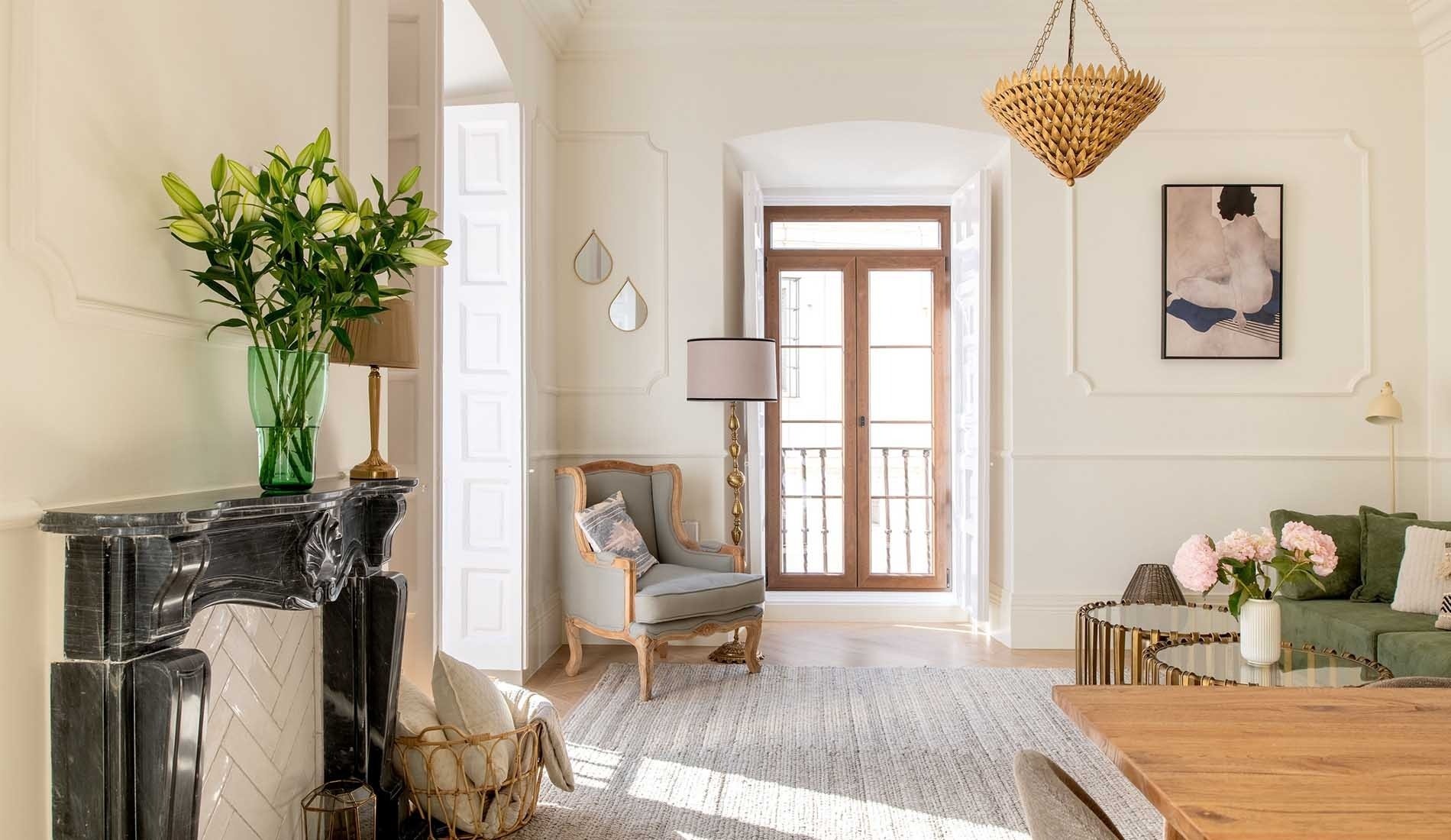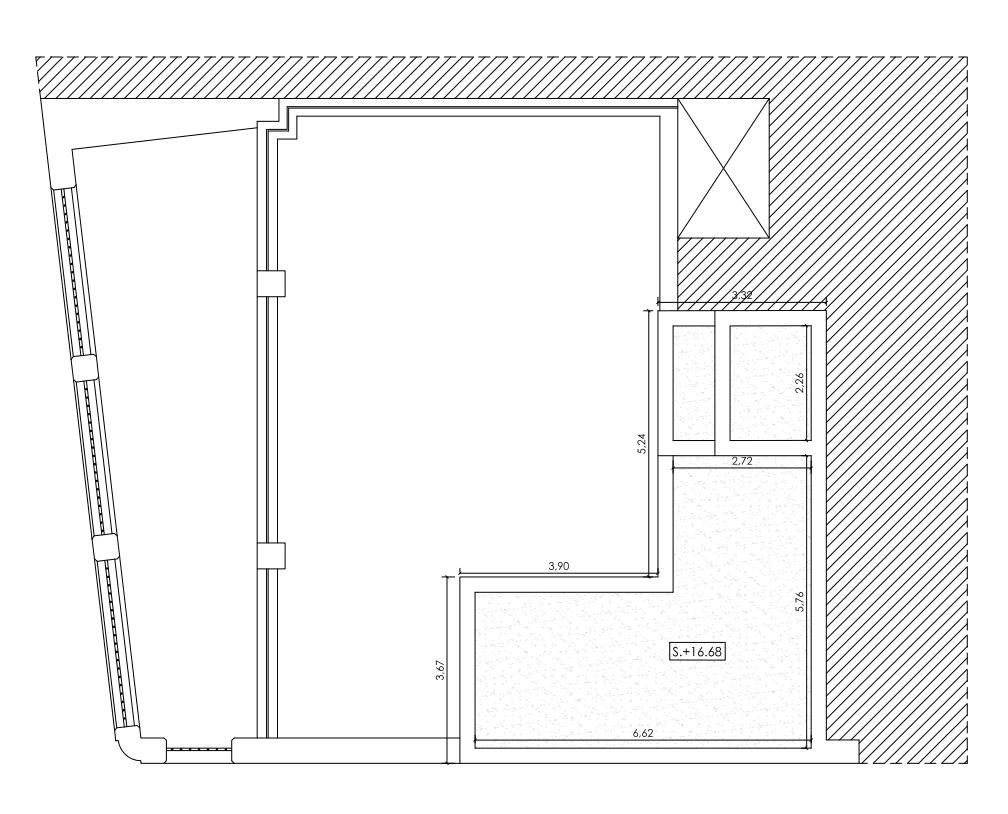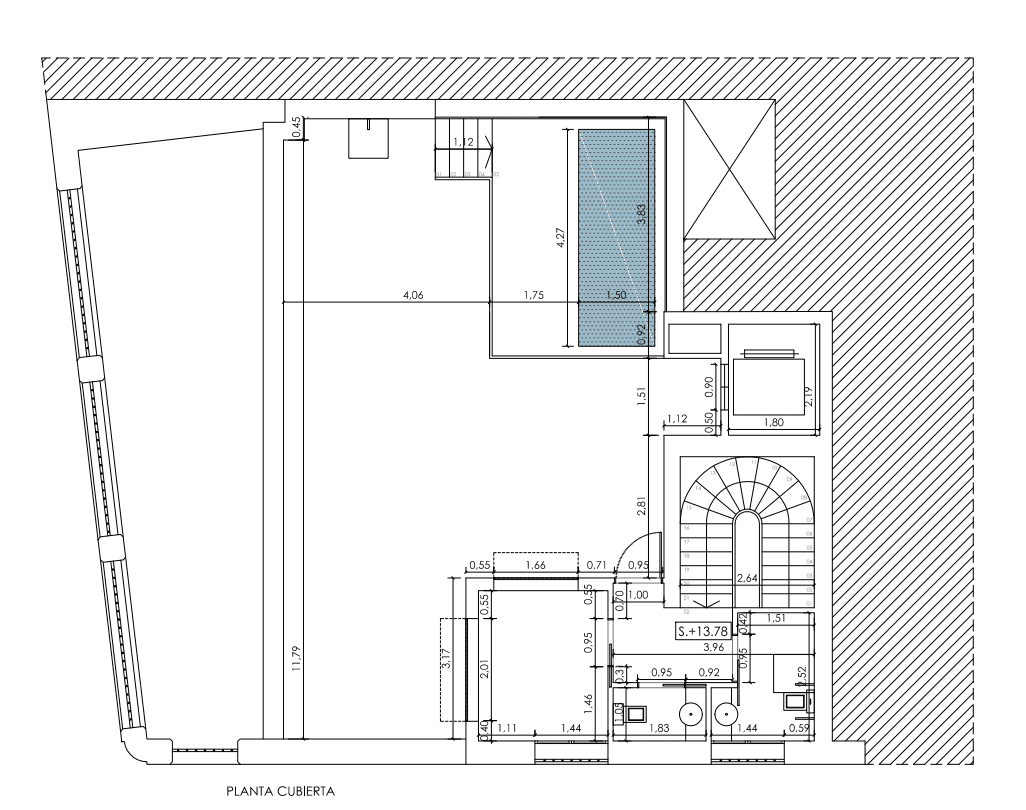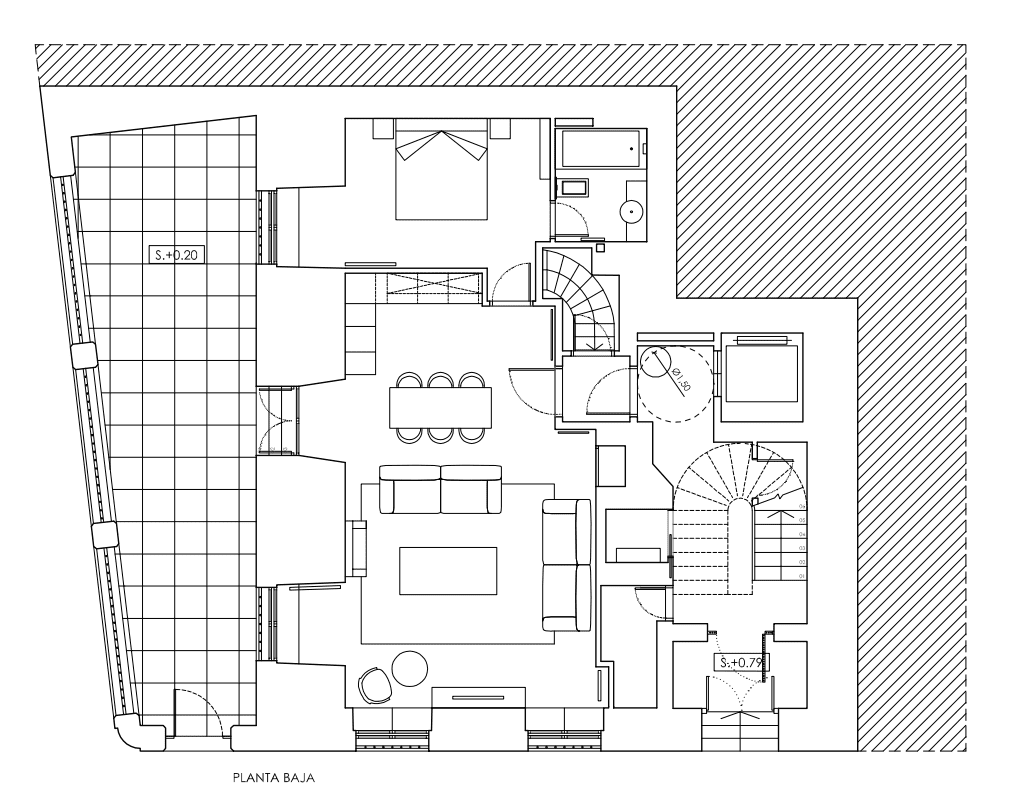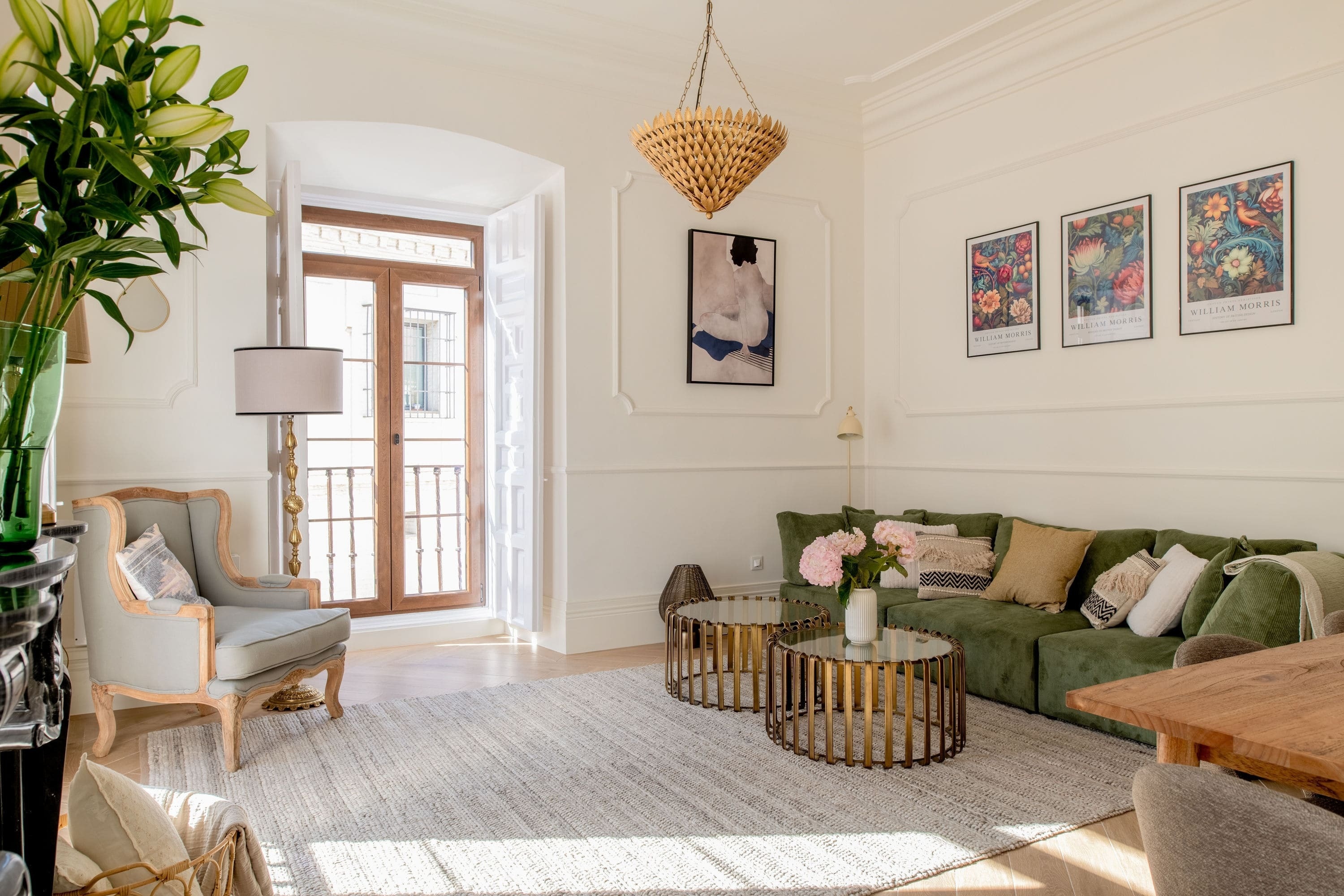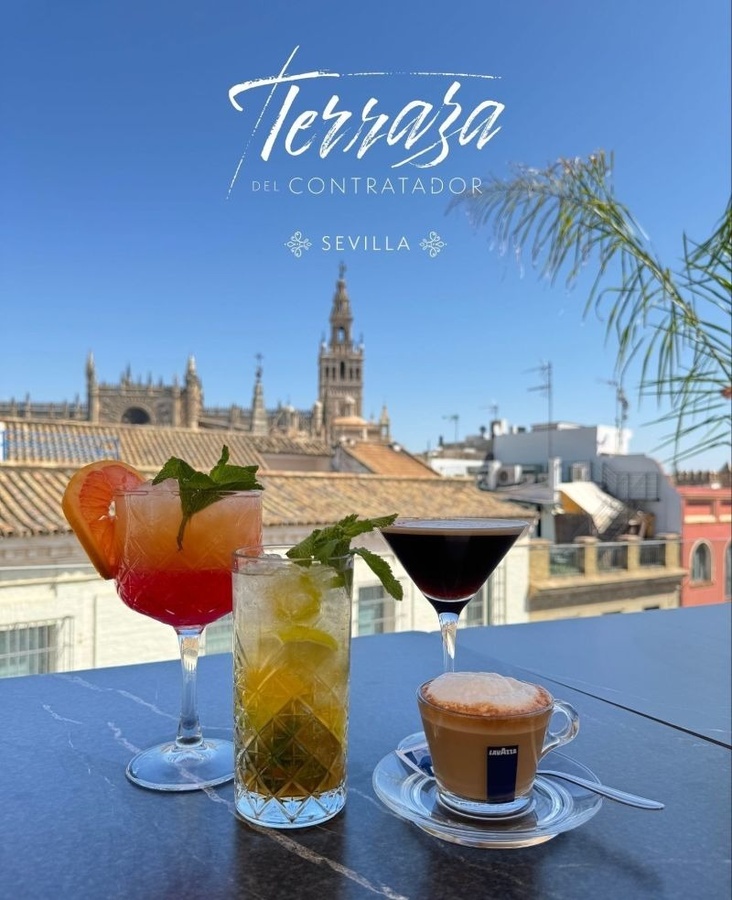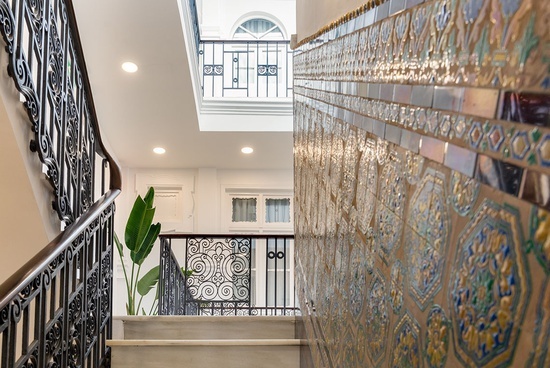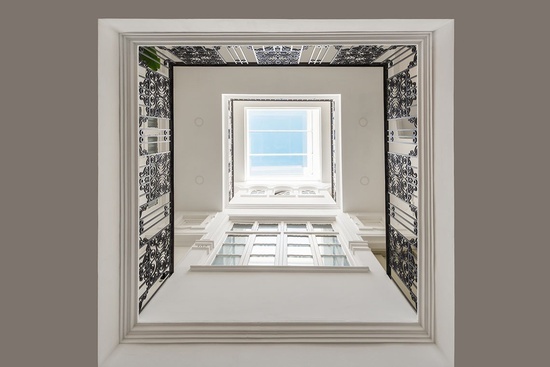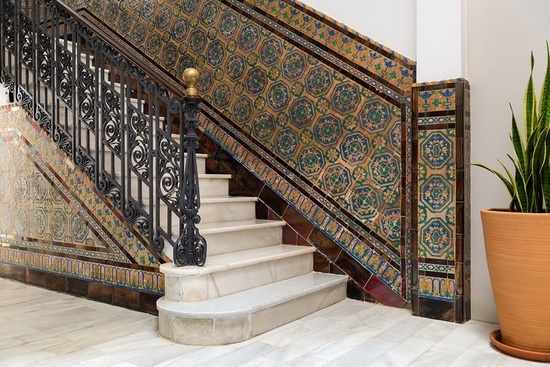PLAY THIS VIDEO TO SEE THE INSIDE OF THE HOUSE:
Casa del Contratador: history of a name and legacy in Seville
The Casa del Contratador takes its name from the great commercial chapter that made Seville the gateway to the Americas. In 1503, the Casa de la Contratación de Indias (House of Trade with the Indies) was created, an institution that organized routes, nautical charts, and the transit of goods between Spain and the New World.
Our building was part of that historic headquarters—located within the Alcázar and near the Cathedral-Archive of the Indies—and pays homage to that maritime, commercial, and cosmopolitan spirit that forever shaped the character of the Santa Cruz neighborhood and the historic center. Hence its name: a tribute to the institution that regulated navigation, trade, and cartography with the New World, strategically situated between the Alcázar and the Cathedral-Archive of the Indies area.
The House of Trade: how Seville became the “gateway to America”
PLAY THIS VIDEO TO DISCOVER ALL THE SECRETS OF ITS HISTORY:
What was
The House of Trade in Seville (founded in 1503 by the Catholic Monarchs) centralized trade with the Indies: fiscal and licensing control, fleet organization, nautical training, and cartographic production. It housed commercial, legal, scientific, and nautical functions that sustained the Indies trade for centuries.
Where was he and why Seville
- First headquarters: the Royal Shipyards (soon abandoned due to flooding of the Guadalquivir).
- Definitive headquarters: the Royal Alcázar, in the Admirals' area, with a facade towards the river and warehouses near the current Plaza de la Contratación.
Why Seville? Besides its political and economic weight, its upstream position made it safer from attacks than other Atlantic ports.
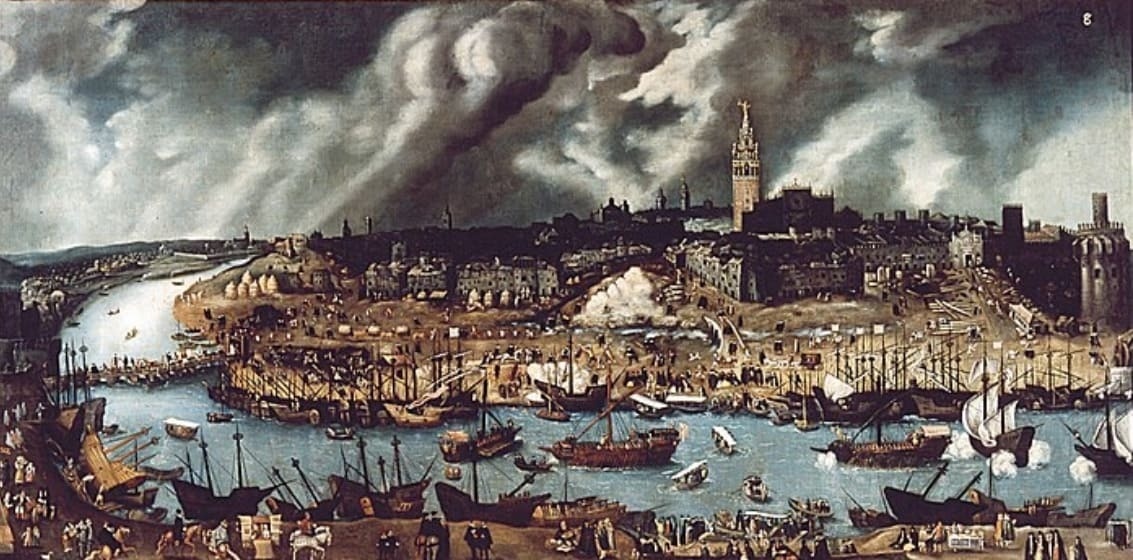
What she did (and why it was decisive)
Navigation and commerce
- Control of ships, crews, passengers and cargo.
- Records, inspections and load limits; comparison of what was declared in the Indies with what was received in Seville.
Licenses and passengers
- Issuance of permits for goods, fleets and travelers (with background checks).
- Control visits to prevent "off-registration" loading.
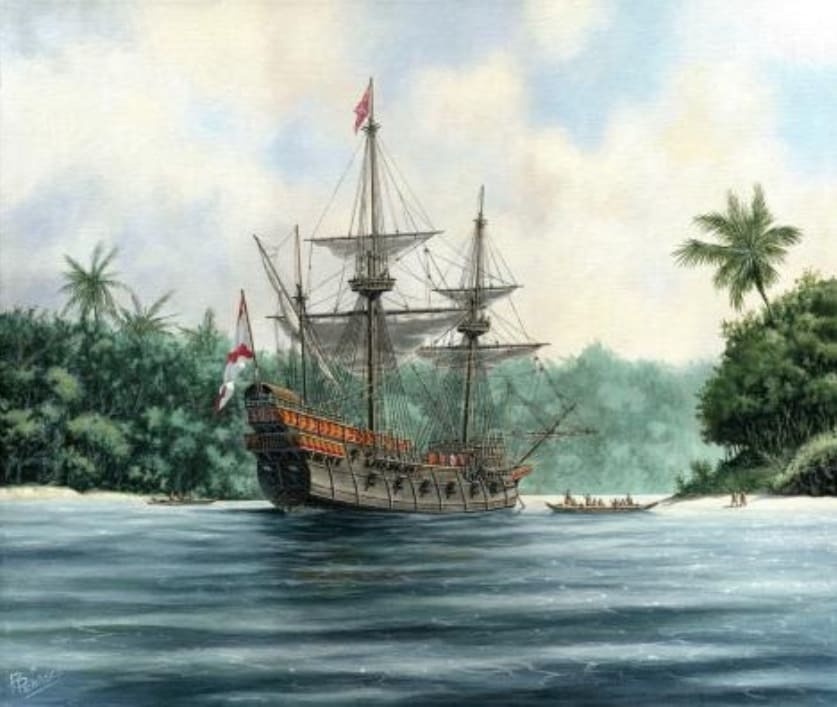
Science, maps and training
- School of nautical and cosmographic reference (senior pilot, senior cosmographer, chair of cosmography).
- Custody of the Royal Register, secret map of the Crown, updated with each discovery.
Finance and taxation
- Collection of the Royal Fifth; management of precious metals and the property of deceased persons.
- Organization of taxes (avería, almojarifazgo) and sales on behalf of the Royal Treasury.
Justice and fraud control
- Civil and criminal jurisdiction over disputes in the Indies trade.
- Rules against smuggling and provisioning requirements; regulation of naval armament against pirates.
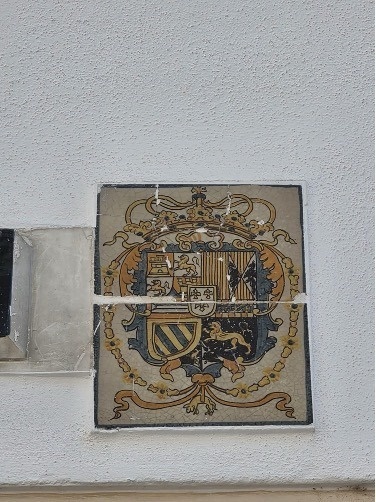
The ecosystem that surrounded it
- Consulate of Shippers to the Indies (merchants), which would build the Casa Lonja, today the Archive of the Indies.
- University of Seafarers (ship owners, pilots, masters), which will move from Triana to the Palace of San Telmo.
Both institutions coordinated with the House to facilitate transatlantic trade.
The end of the Seville monopoly
In the 18th century, the increase in tonnage made sailing up the Guadalquivir River more difficult: in 1717 the shipping company moved to Cádiz. Later, the Royal Guipuzcoan Company of Caracas (1728) and the Free Trade Regulations (1778) opened up the system; the institution was abolished in 1790 after almost three centuries of dominance.
In one sentence
The House of Trade was the logistical, fiscal and scientific brain of the Spanish Atlantic empire and explains why Seville was, for centuries, the great world node between Europe and America.
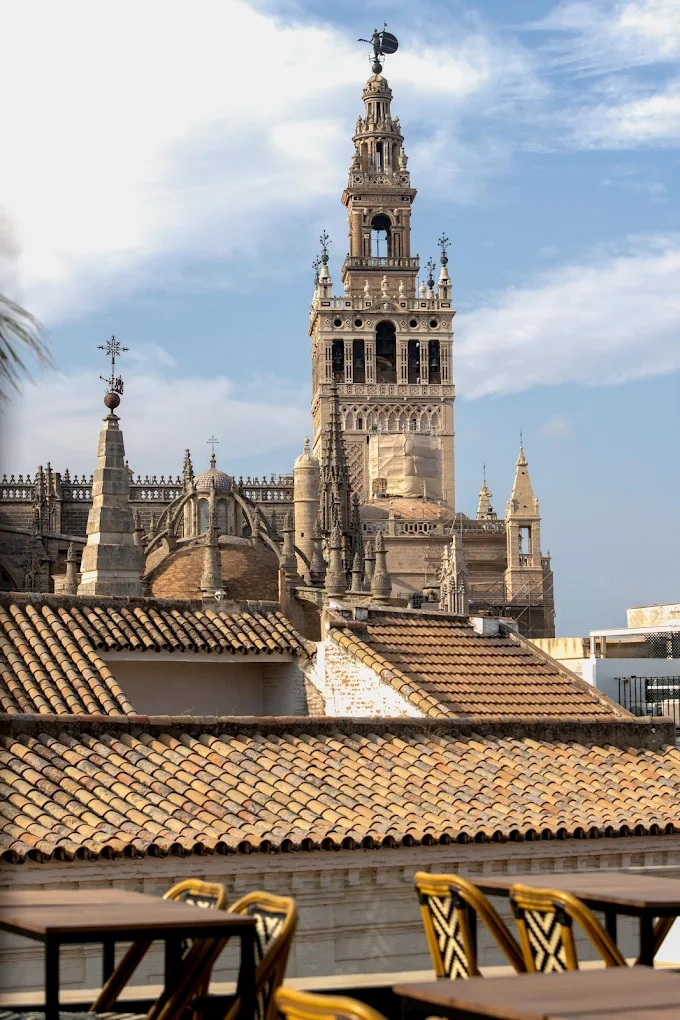

Santa Cruz: medieval pitch and living memory
Santa Cruz is Seville's old Jewish quarter: a labyrinth of narrow streets, white squares, and courtyard houses that preserve the domestic scale and intimate atmosphere of the old city, nestled against the walls of the Alcázar. Here, life has always revolved around patios, fountains, and shade, with a constant dialogue between Mudéjar tradition, Renaissance and Baroque additions, and 19th- and 20th-century renovations.
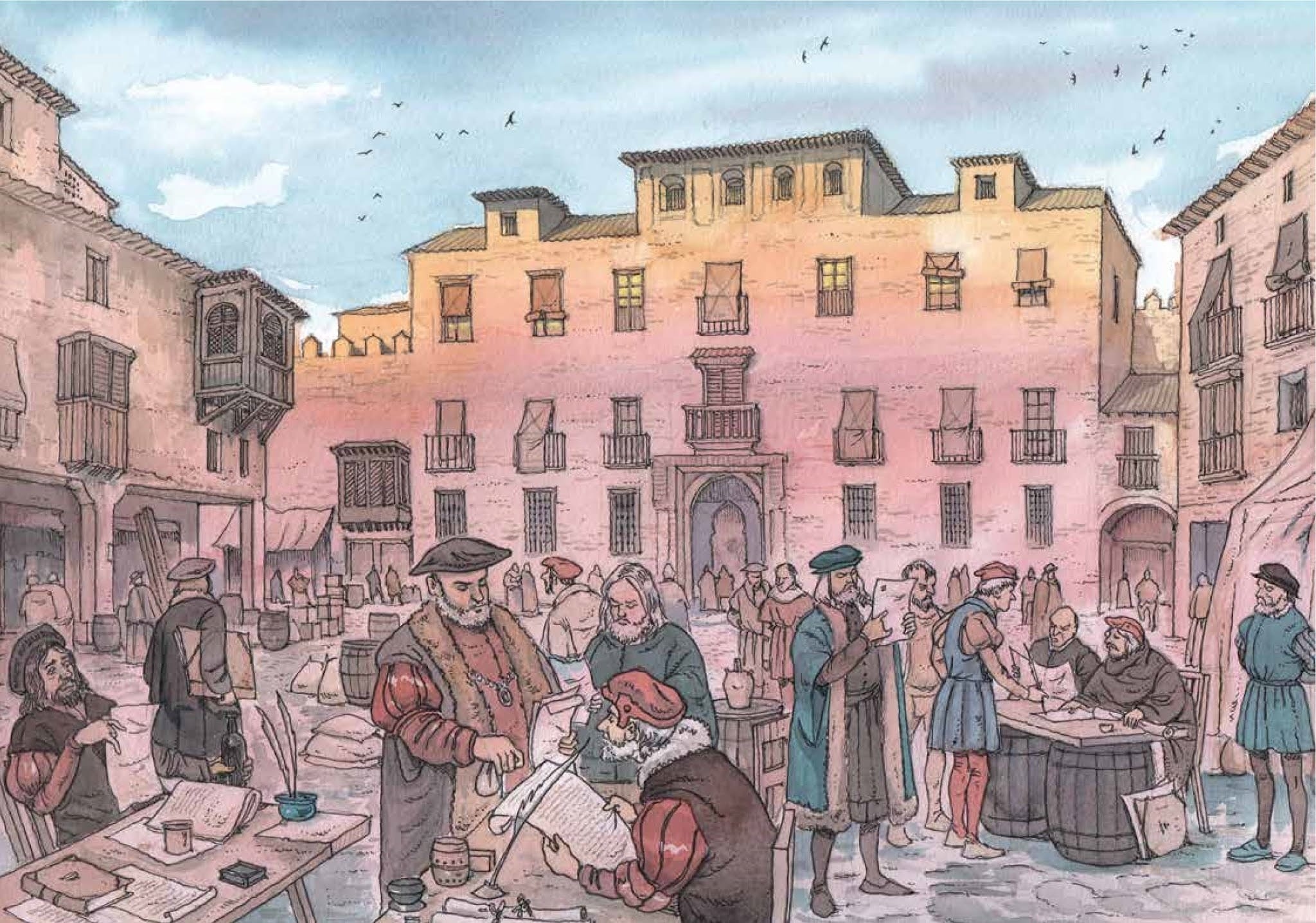
Traces of the past, Sevillian soul
In the renovation we have respected materials and proportions typical of Sevillian architecture:
- Galleries that breathe light and shadow.
- Wrought iron, wood and tile that engage in dialogue with contemporary design.
- Layouts designed for rest and privacy, without sacrificing the charm of a house with history.
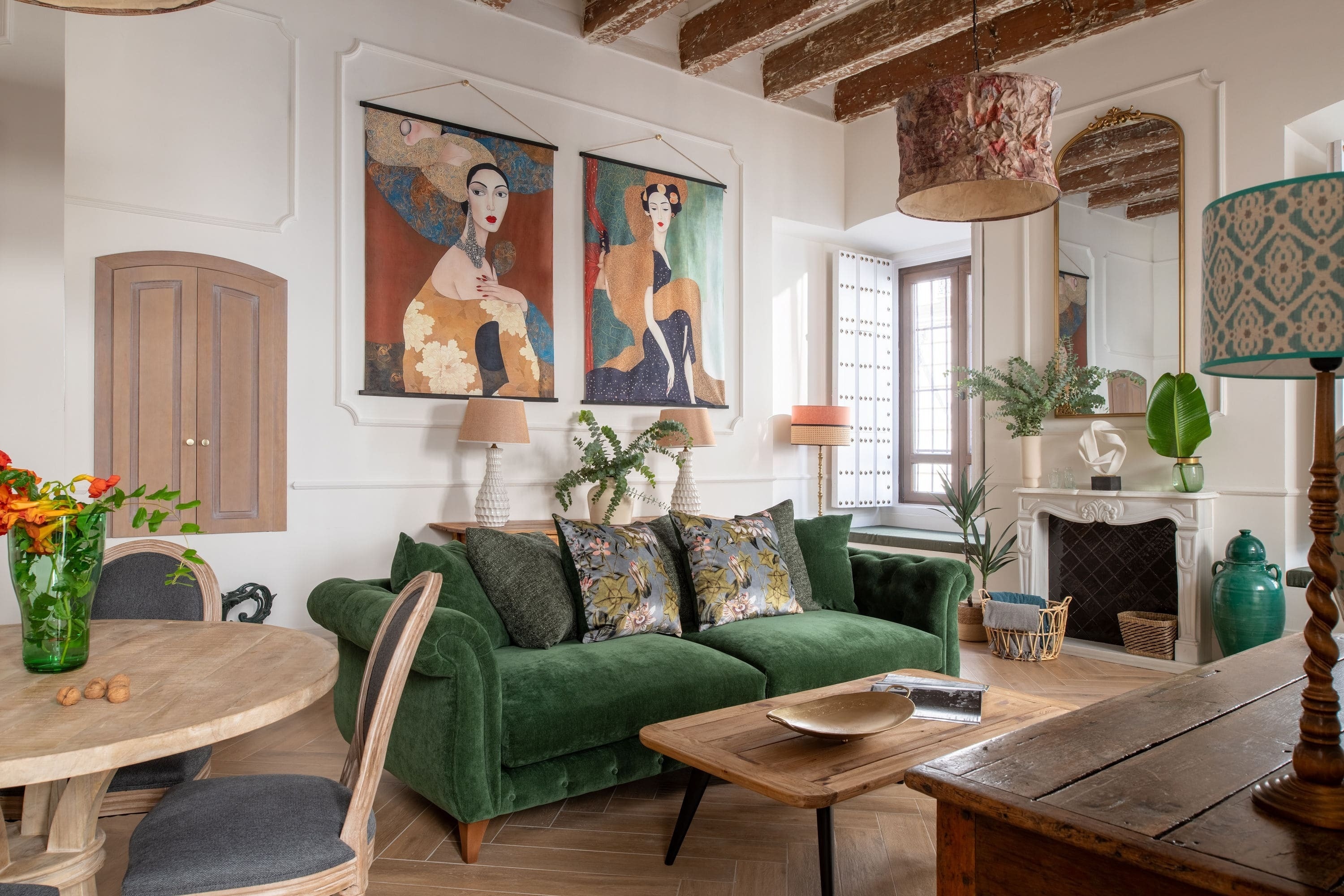
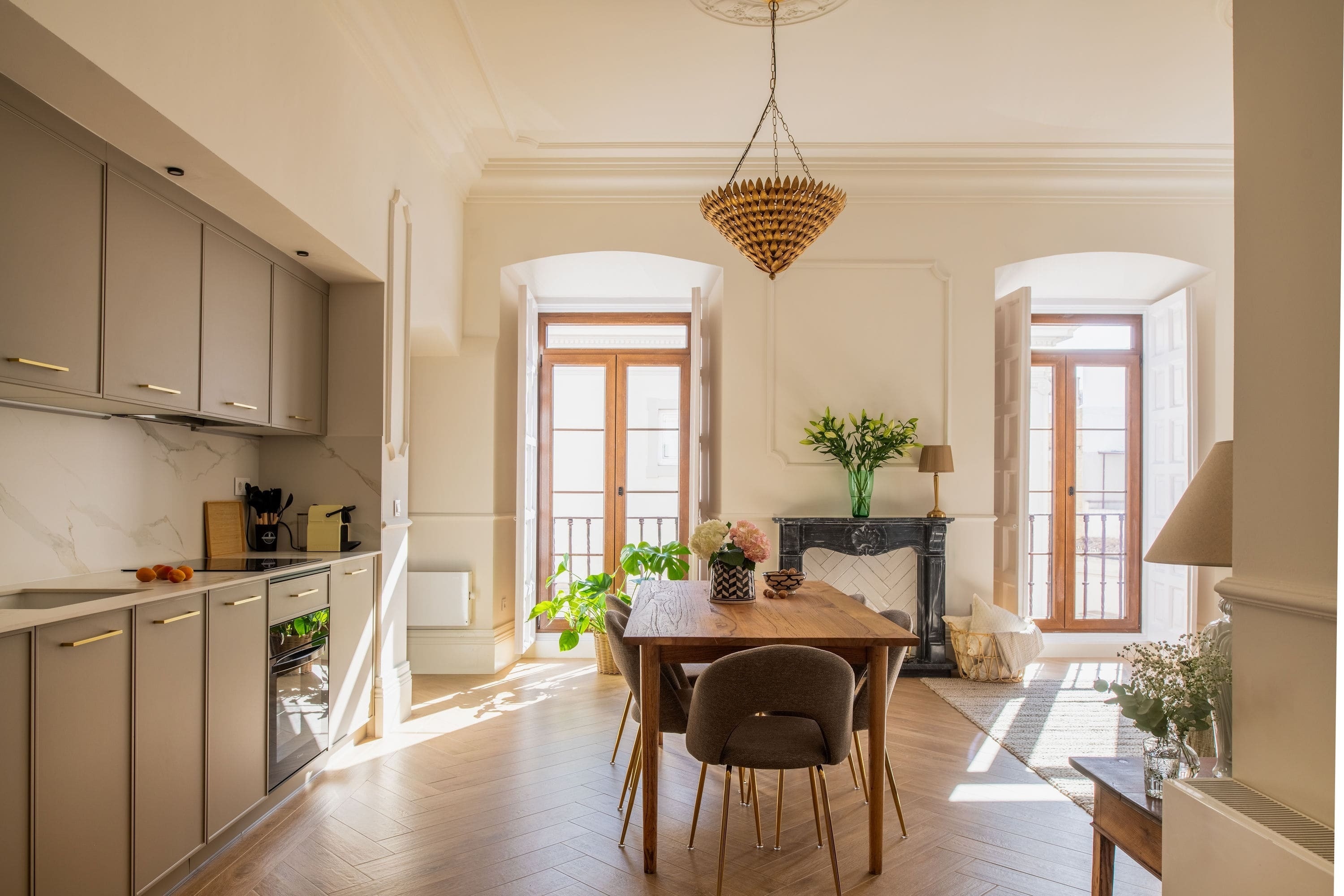
ÉPOCA SUITES ' recent intervention in the Casa del Contratador has followed criteria of conservation, reversibility and comfort:
- Respect original proportions, materials and rhythms.
- Restore unique elements when possible (forges, paving, carpentry).
- Integrate efficient climate control, insulation and accessibility without distorting the house.
- Open the roof to the city with a rooftop bar and pool that frame the Cathedral and the Alcázar: the historical landscape as part of your experience.
The result is not a stage set: it is living heritage ready to be inhabited with care.
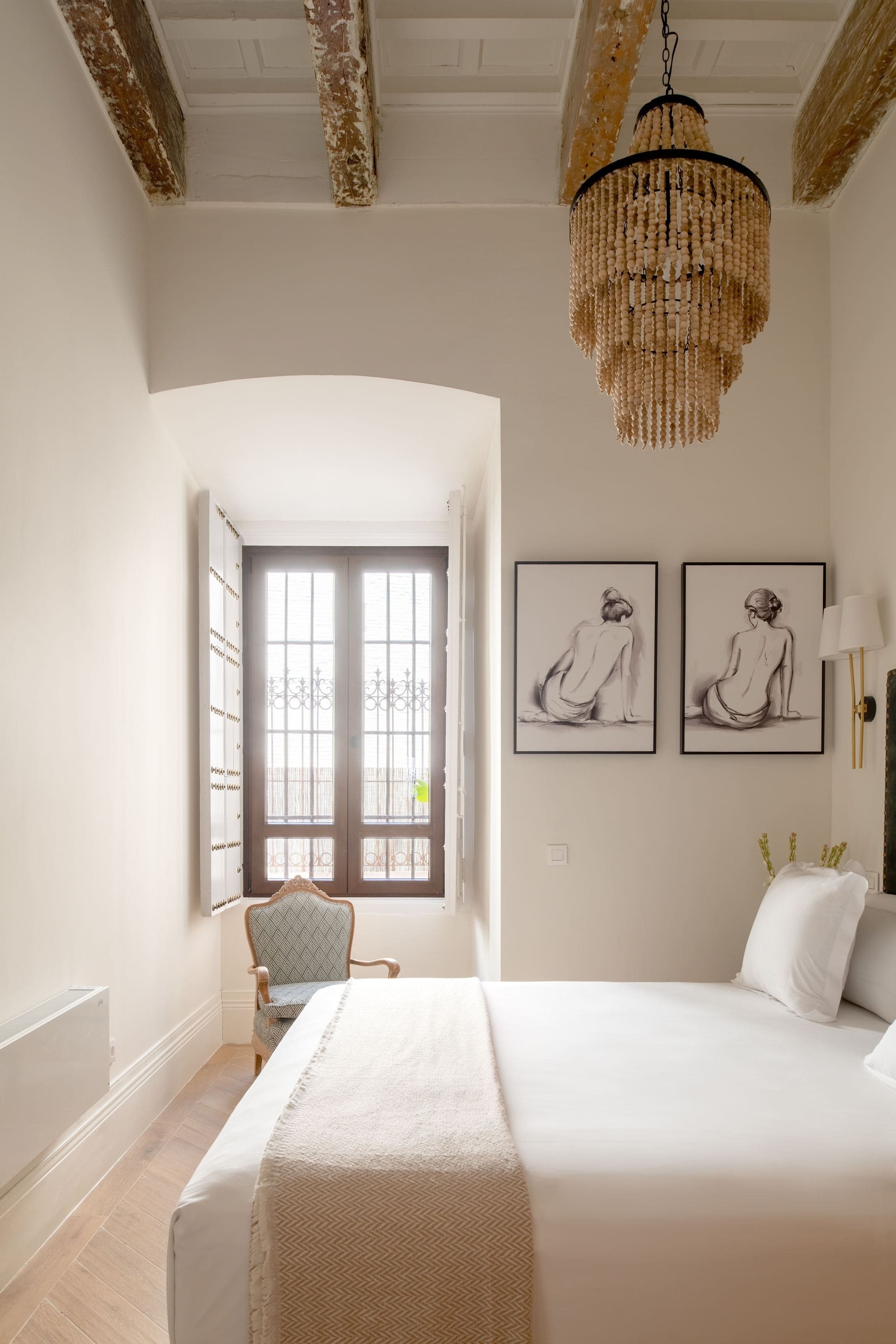
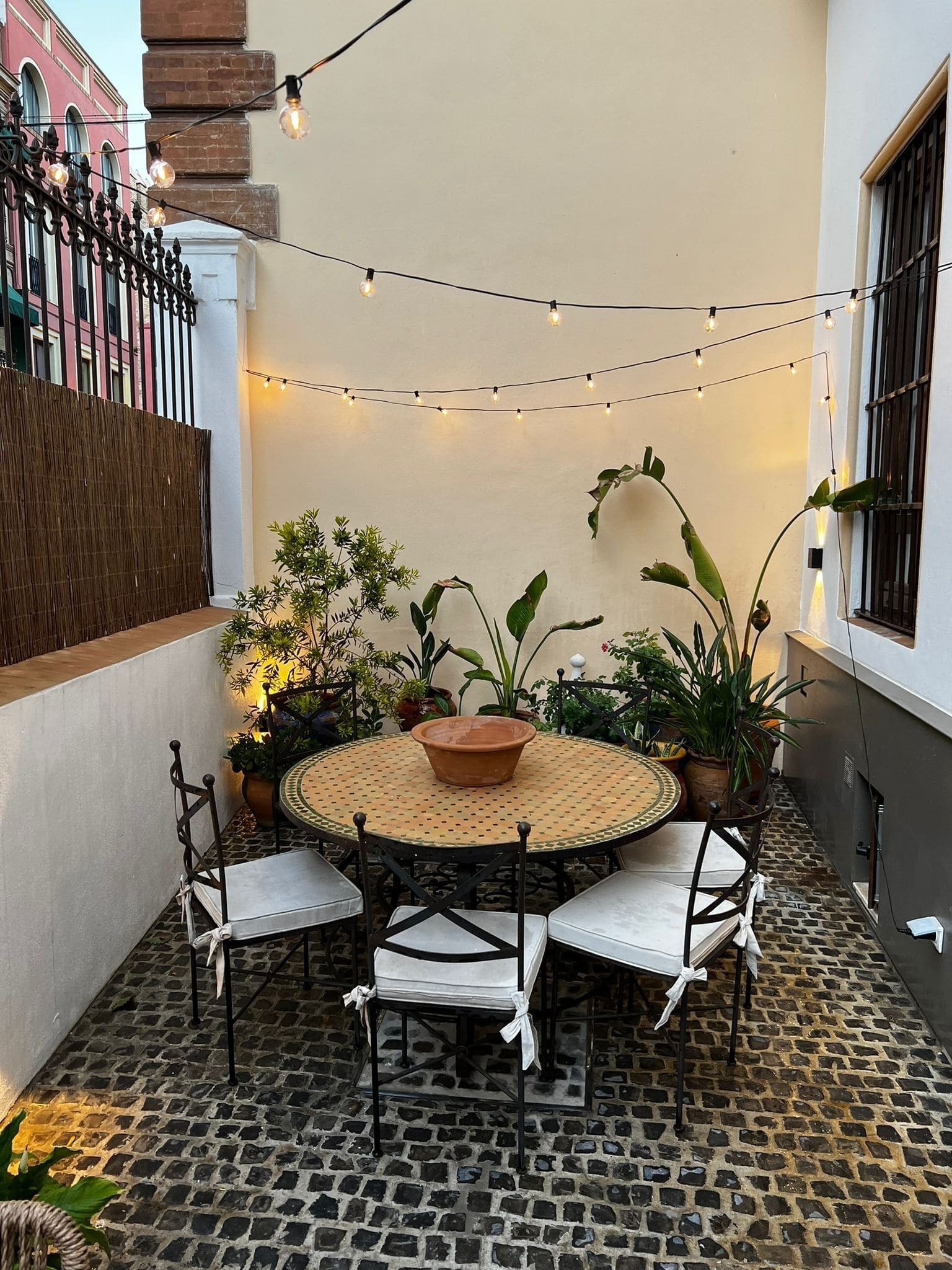

The current experience
Today, Casa del Contratador is a haven of luxury and tranquility in the heart of Seville, designed to experience the city calmly… and with perspective:
- Rooftop bar with pool: a stop along the way with views of the Cathedral and the Alcázar.
- Prime location: just minutes from the city's great icons (Giralda, Archive of the Indies, Maestranza, Santa Cruz neighborhood).
- 3 premium apartments: one on each floor, up to 86 m². One of them has a beautiful interior patio, and the other two have two spacious bedrooms.
- Contemporary comfort: climate control, premium equipment and spaces designed for short or long stays.
- Hospitality with soul: attentive 24/7 for whatever you need.
Current living rooms of the apartments

